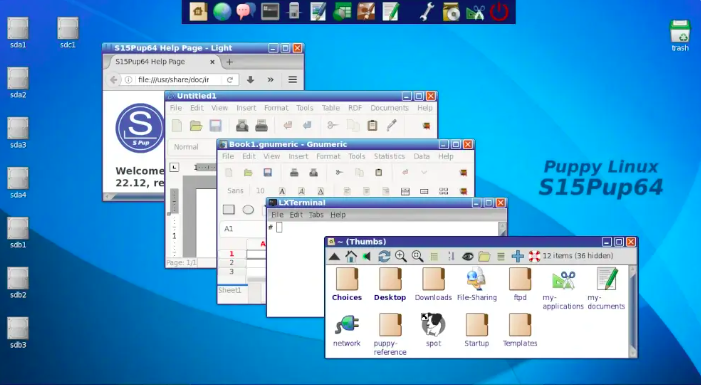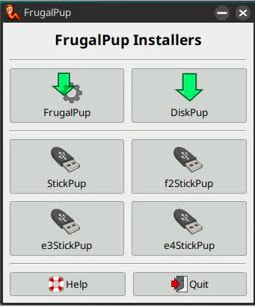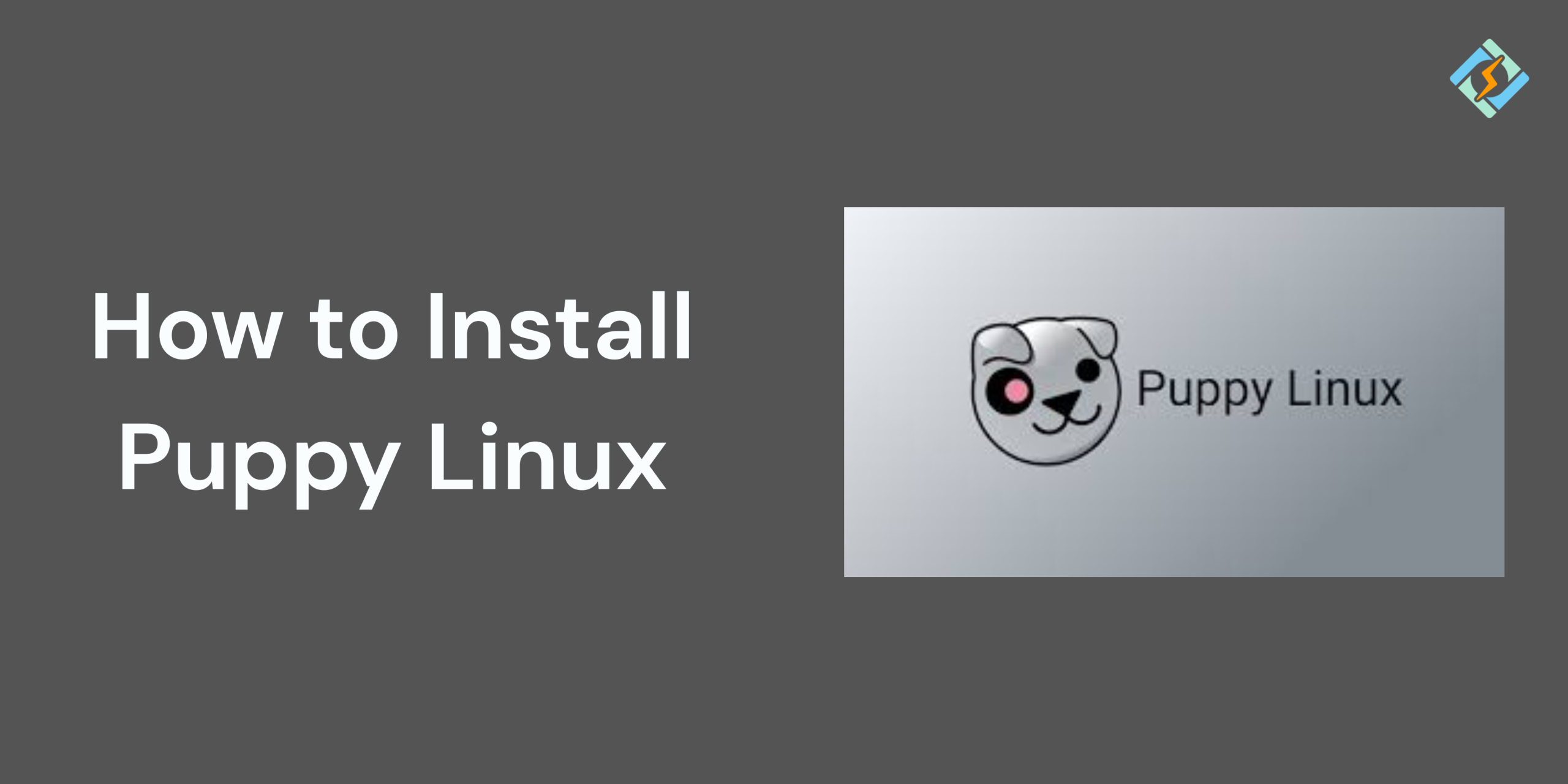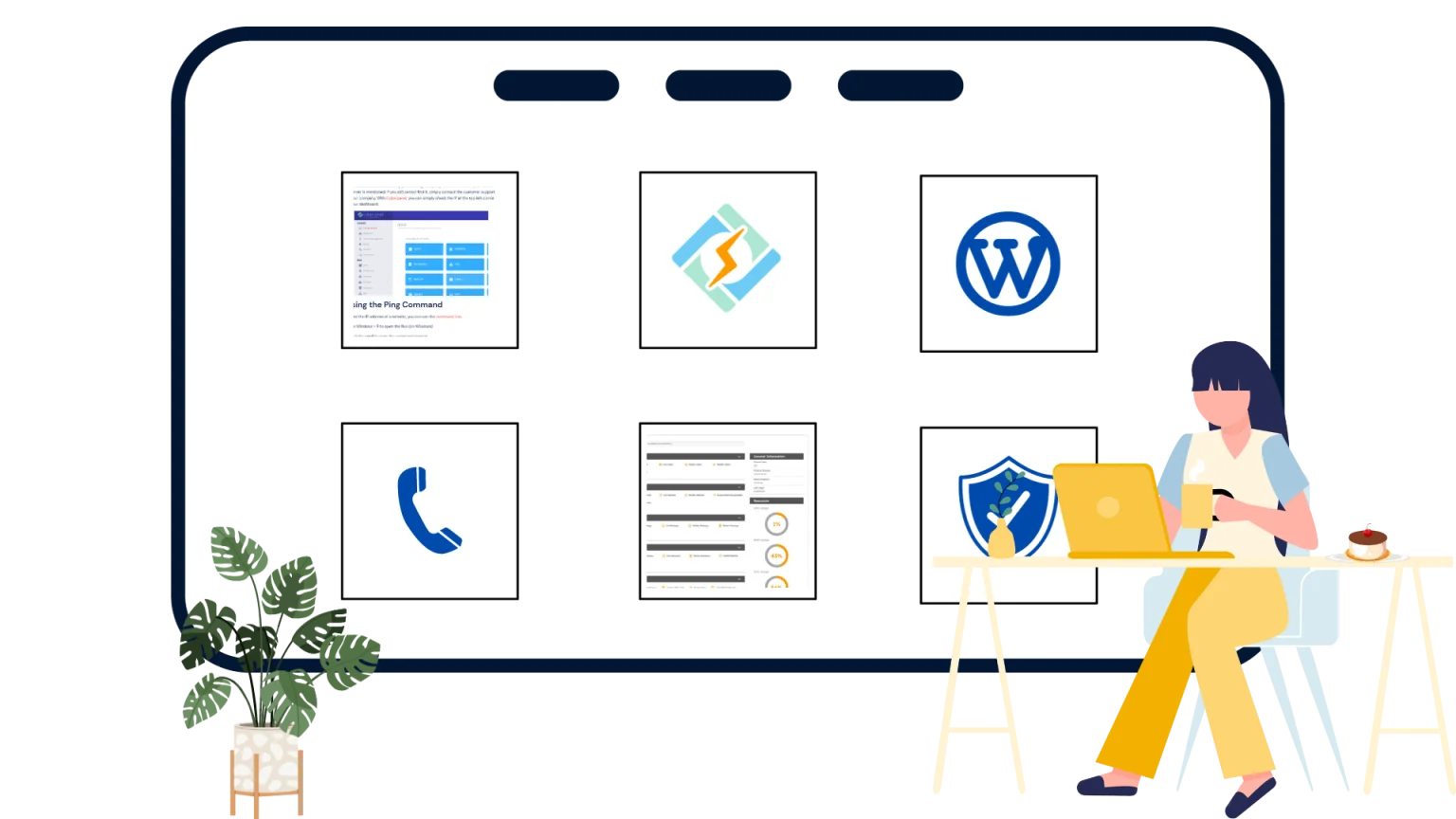Do you recall that old laptop collecting dust in the corner? The one that makes more noise than your teenager after curfew? Forget about it turning into a costly doorstop, because Puppy Linux has revitalized your old technology.
This article explains everything about the Puppy Linux Operating System, from features to Installation steps with official resources given. Let’s dive in!
What Is Puppy Linux? Why It’s Perfect for Old Laptops

Puppy Linux is a lightweight Linux distribution created by Barry Kauler in 2003. It belongs to a category of small Linux distributions and is designed to be compact and portable, allowing it to run on almost any PC hardware. Puppy Linux is specifically tailored for home computers, making it an accessible option for users looking for a simple and efficient operating system.
Puppy Linux is not just one Linux distribution like Debian. It is also not a distribution with many flavors like Ubuntu (which has variants such as Ubuntu, Kubuntu, Xubuntu, etc.), although it does come in different flavors.
Linux Puppy includes a variety of Linux distributions that share core principles, utilize the same tools, and are built around a unique set of applications and configurations specific to Puppy. Generally, all versions provide consistent behaviors and features, regardless of which flavor you choose.
There are three main categories of Puppy Linux distributions:
Get exclusive access to all things tech-savvy, and be the first to receive
the latest updates directly in your inbox.
- Official Puppy Linux distributions are maintained by the Puppy Linux team, typically aimed at general use, and are built using the Puppy Linux system builder, known as Woof-CE.
- woof-built Puppy Linux distributions → these are created to meet specific needs and designs, also aimed at general use, and are built with the Puppy Linux system builder (Woof-CE) along with some extra or modified packages.
- unofficial derivatives (“puplets”) → these are often remasters (or remasters of remasters), created and maintained by Puppy Linux fans, usually aimed at specific purposes.
It is very small, with a memory footprint of only 300MB, and it emphasizes user-friendliness and easy installation. Due to its portable nature, you can boot it from a USB drive, SD card, or any other installation medium.
How to Download Puppy Linux?
Get the ISO, then use your preferred CD/DVD burner to burn it onto a CD/DVD, or use dd (for Windows) to write it to your USB flash drive. Alternatively, check our download page for more detailed information. You can find the official Pup build recipes at Woof-CE on GITHUB.
| Latest Version | Architecture | Compatibility * | Download link |
|---|---|---|---|
| BookwormPup64 10.0 | x86_64 64-bit | Debian Bookworm 64 | Main – Mirror |
| BookwormPup32 23.12 | x86 32-bit | Debian Bookworm 32 | Main – Mirror |
| F96-CE_4 | x86_64 64-bit | Ubuntu Focal 64 | Main – Mirror |
| S15Pup64 22.12 | x86_64 64-bit | Slackware64 15.0 | Main – Mirror |
| S15Pup32 22.12 | x86 32-bit | Slackware 15.0 | Main – Mirror |
Installing Puppy Linux on Your Old Laptop
After creating a Puppy bootable USB, Puppy offers user-friendly tools for installing on internal drives or making more bootable USB drives.
GParted (Menu>System>GParted)
GParted is a versatile drive partitioning tool that prepares a drive for installation. It can be used to:
- Delete/Erase
- Partition
- Format
- Set partition flags
Some simpler USB install tools do not require GParted (see below), but for internal drives and custom or advanced setups, it is necessary.
It is always advisable to erase/delete the contents of a previously used USB flash drive before performing a new installation on it.
FrugalPup Installers (Menu>Setup)

frugalpup.jpg
frugalpup.jpg (13.75 KiB) Viewed 583 times
The FrugalPup “Help” file included provides instructions for each installer.
Puppy Linux linux built with Woof-CE after April 2021 will include some installers that utilize AUTOSAVE and SAVESPEC files. These files are found in the install directory and are used by Puppy to automatically create the savefolder in the chosen destination directory and to notify Puppy of the savefolder location during boot.
Note: If you encounter issues with loading savefiles/folders or need to make adjustments, you can delete AUTOSAVE and modify or remove SAVESPEC.

When selecting one of the FrugalPup Installers, please keep the following basic guidelines in mind:
ISO Installs (for USB or internal drive, typically requires GParted first):
If you opt for any method that installs from an ISO file, AUTOSAVE and SAVESPEC files WILL NOT be created. After booting from the new installation and shutting down/rebooting, you will be prompted with a series of questions about creating a savefile/folder.
USB Installs (only for USB, does not need GParted)
- StickPup
- f2StickPup
- e3StickPup
- e4StickPup
When installing a single Puppy on a USB drive, the StickPup and f2StickPup options will automatically format the USB drive to the correct file system (FAT32 and f2fs, respectively). The recommended e3StickPup and e4StickPup options will automatically…
Conclusion
Puppy Linux, created by Barry Kauler, is a lightweight and easy-to-use operating system that helps revive old computers and offers a quick, portable computing experience. Although there are some software compatibility challenges, it performs well for daily tasks, web browsing, and casual gaming.
It has been said that the best experience of Puppy Linux is not from the software itself, but from the community that gathers around it.
FAQ’s
1. What devices can I run Puppy Linux on?
You can use it on desktops, older laptops, and even USB or CD drives. In short, Puppy Linux can turn nearly any device, including older ones, into a working and efficient computer.
2. Does Puppy Linux come with pre-installed programs?
Yes, it does. Puppy Linux includes a set of pre-installed lightweight applications like text editors, web browsers, file managers, and media players. You’ll have everything you need to start without downloading additional tools.
3. Can I use Puppy Linux if I don’t have much RAM?
Definitely. One of the best features of Puppy Linux is its ability to run well on low-resource systems. It can operate smoothly with just 128MB of RAM, making it perfect for older machines.
4. Is Puppy Linux good for software development?
Puppy Linux is a good choice for development due to its lightweight design, requiring you to install the necessary tools yourself. It’s efficient and flexible for setting up programming environments for languages like Python, C++, or Java. With many available libraries and packages, it’s ideal for small projects or experimenting with new code, all while minimizing resource usage.
5. How long does it take to boot Puppy Linux?
It starts up very quickly, often in just a few seconds. Compared to larger operating systems, Puppy Linux provides a significant advantage for fast startups, allowing you to dive right into your work or tasks.
6. Would Puppy Linux work without installing on my computer?
Yes, it certainly would. Puppy Linux is designed to function as a live OS, meaning you can run it directly from a USB drive or CD without needing to install it. This makes it portable and ideal for testing or temporary use.



